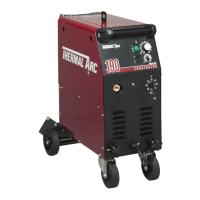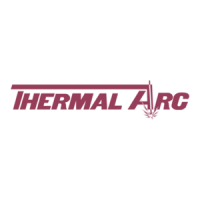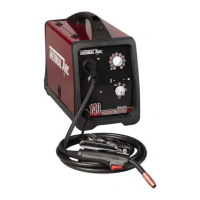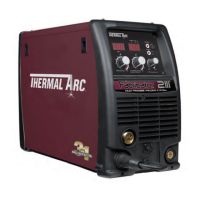How to fix overtemperature on Thermal Arc ULTRA FLEX 350?
- MMark CohenAug 14, 2025
If your Thermal Arc Welding System is showing an overtemperature error, it could be due to several reasons: * Exceeding the duty cycle rating. * Excessively high ambient temperature. * Blocked airflow. * Fan failure. To resolve this, reset the machine by briefly turning off the main power switch.











